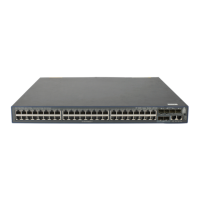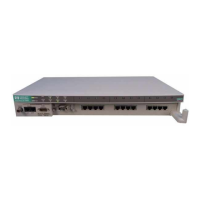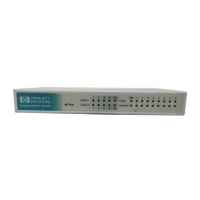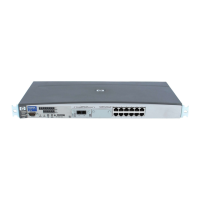158
Configuring system ID to host name mappings
A 6-byte system ID in hexadecimal notation uniquely identifies a router or host in an IS-IS network.
To make a system ID easy to read, the system allows you to use host names to identify devices. It
also provides mappings between system IDs and host names.
The mappings can be configured manually or dynamically. Follow these guidelines when you
configure the mappings:
To view host names rather than system IDs by using the display isis lsdb command, you must
enable dynamic system ID to host name mapping.
If you configure both dynamic mapping and static mapping on a router, the host name specified
for dynamic mapping applies.
Configuring a static system ID to host name mapping
1. Enter system view.
system-view
N/A
2. Enter IS-IS view.
isis
[ process-id ] [
vpn-instance
vpn-instance-name ]
N/A
3. Configure a system ID to
host name mapping for a
remote IS.
is-name map
sys-id
map-sys-name
By default, no system ID to host
name mapping is configured for a
remote IS.
A system ID can correspond to
only one host name.
Configuring dynamic system ID to host name mapping
Static system ID to host name mapping requires you to manually configure a mapping for each router
in the network. When a new router is added to the network or a mapping must be modified, you must
configure all routers manually.
When you use dynamic system ID to host name mapping, you only need to configure a host name for
each router in the network. Each router advertises the host name in a dynamic host name CLV to
other routers so all routers in the network can have all mappings.
To help check the origin of LSPs in the LSDB, you can configure a name for the DIS in a broadcast
network.
To configure dynamic system ID to host name mapping:
1. Enter system view.
N/A
2. Enter IS-IS view.
isis
[ process-id ] [
vpn-instance
vpn-instance-name ]
N/A
3. Specify a host name for the
IS and enable dynamic
system ID to host name
mapping.
is-name
sys-name
By default, no host name is
specified for the router.
4. Return to system view.
N/A
5. Enter interface view.
interface
interface-type
interface-number
N/A

